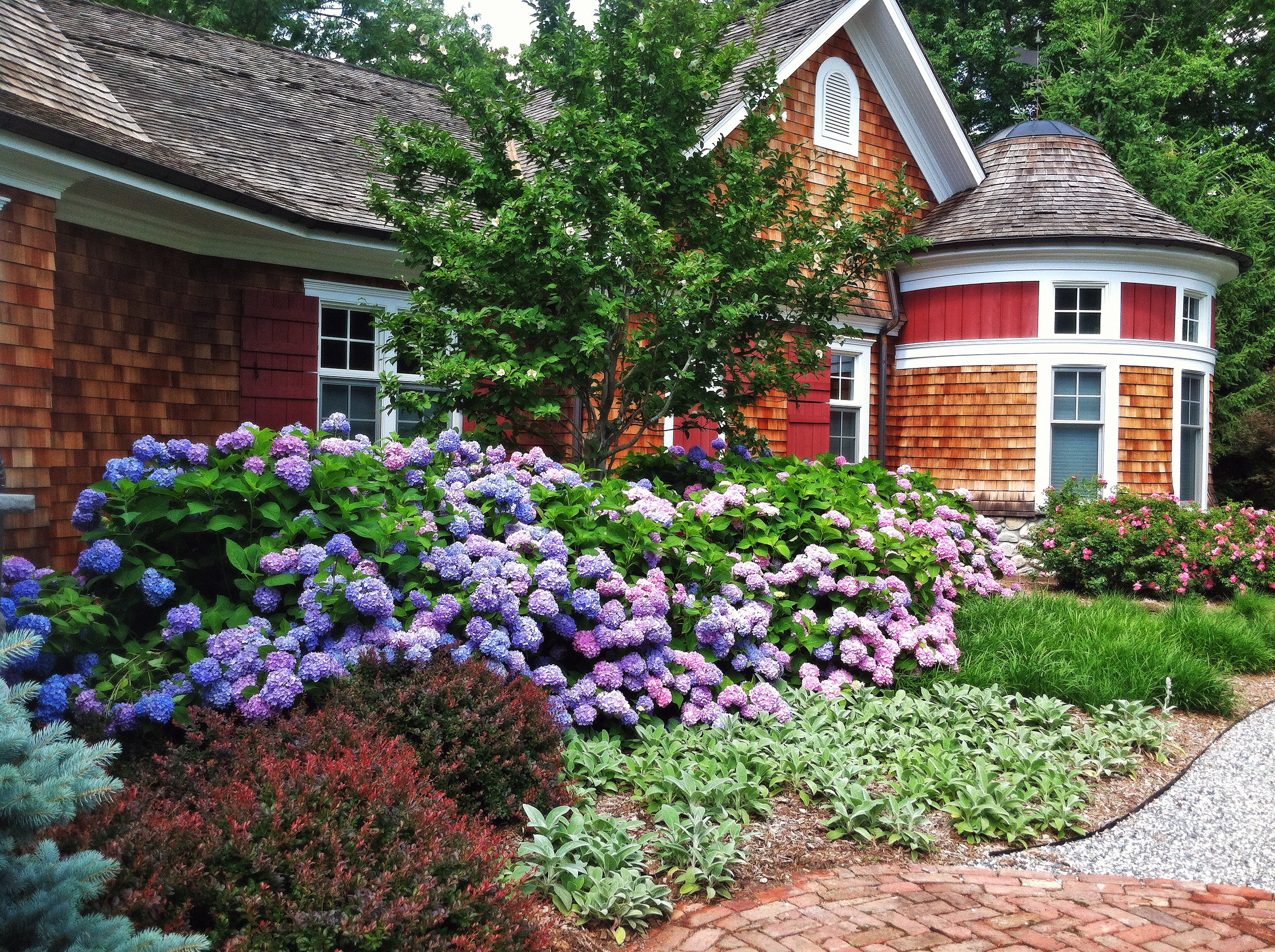Lilac Hydrangeas: The Ultimate Guide To Growing And Caring For These Gorgeous Blooms
Lilac Hydrangeas: The Ultimate Guide to Growing and Caring for These Gorgeous Blooms
Lilac hydrangeas are a type of hydrangea that is known for its beautiful, lilac-colored blooms. They are a popular choice for gardens because they are relatively easy to care for and can thrive in a variety of conditions.
In this blog post, we will provide you with an ultimate guide to growing and caring for lilac hydrangeas. We will cover everything from choosing the right location to planting and pruning, as well as tips on how to keep your hydrangeas healthy and blooming.
Choosing the Right Location
The first step to growing lilac hydrangeas is choosing the right location. Lilac hydrangeas prefer full sun, but they can also tolerate partial shade. They also need well-drained soil. If your soil is clayey or heavy, you will need to amend it with sand or compost to improve drainage.
Planting Lilac Hydrangeas
Once you have chosen the right location, you can plant your lilac hydrangeas. The best time to plant hydrangeas is in the spring or fall. When planting, dig a hole that is twice as wide and as deep as the root ball of the hydrangea. Backfill the hole with amended soil, and water the hydrangea well.
Caring for Lilac Hydrangeas
Lilac hydrangeas are relatively easy to care for. They need regular watering, especially during the first year after planting. You should also fertilize your hydrangeas once a year in the spring.
In addition to watering and fertilizing, you will also need to prune your lilac hydrangeas. Pruning is important to keep your hydrangeas healthy and to encourage new growth. You should prune your hydrangeas in the spring, after the flowers have faded.
Changing the Color of Lilac Hydrangeas
The color of lilac hydrangeas can be changed by adjusting the pH of the soil. In acidic soil, lilac hydrangeas will bloom blue. In neutral soil, they will bloom pink. In alkaline soil, they will bloom white.
If you want to change the color of your lilac hydrangeas, you can add sulfur to the soil to make it more acidic. You can also add lime to the soil to make it more alkaline.
Pests and Diseases
Lilac hydrangeas are relatively resistant to pests and diseases. However, they can be susceptible to aphids, scale, and powdery mildew. If you see any signs of pests or diseases, you should treat them immediately.
Conclusion
Lilac hydrangeas are a beautiful and easy-to-care-for addition to any garden. With proper care, your hydrangeas will bloom for many years to come.
Lilac hydrangeas are a beautiful and versatile addition to any garden. They are known for their large, showy flowers that can be a variety of colors, including lilac, blue, pink, and white. Lilac hydrangeas are also relatively easy to care for, making them a good choice for even novice gardeners.
If you are interested in learning more about lilac hydrangeas, I recommend visiting the website . This website has a wealth of information about lilac hydrangeas, including their history, care requirements, and planting tips. You can also find photos of different lilac hydrangea varieties on the website.
I hope this helps!
FAQ of lilac hydrangea
1. What is a lilac hydrangea?
A lilac hydrangea is a type of hydrangea that is known for its beautiful lilac-colored flowers. It is a deciduous shrub that can grow up to 6 feet tall. Lilac hydrangeas are native to East Asia, but they are now grown in many parts of the world.
2. When do lilac hydrangeas bloom?
Lilac hydrangeas bloom in the summer, typically from June to August. The flowers can last for several weeks.
3. How do I care for a lilac hydrangea?
Lilac hydrangeas are relatively easy to care for. They prefer full sun to partial shade and well-drained soil. They should be watered regularly, especially during the summer months. Lilac hydrangeas can be pruned in the spring to encourage new growth.
4. How do I get my lilac hydrangea to bloom?
Lilac hydrangeas need acidic soil in order to bloom their best. If your soil is alkaline, you can add peat moss or sulfur to acidify it. You can also fertilize your lilac hydrangea with an acidic fertilizer.
5. What are some common pests and diseases that affect lilac hydrangeas?
The most common pests that affect lilac hydrangeas are aphids, scale, and spider mites. These pests can be controlled with insecticidal soap or neem oil. The most common diseases that affect lilac hydrangeas are leaf spot, powdery mildew, and root rot. These diseases can be prevented by watering your lilac hydrangea properly and by avoiding planting it in areas where the soil is too wet.
Image of lilac hydrangea
5 different images of "lilac hydrangea" from Pinterest:
This image shows a large lilac hydrangea bush in full bloom. The flowers are a deep lilac color and they are arranged in large, rounded clusters. The bush is surrounded by green leaves.
This image shows a vase of lilac hydrangea flowers. The flowers are a lighter lilac color than the previous image, and they are arranged in a loose, cascading arrangement. The vase is placed on a wooden table.
This image shows a lilac hydrangea bush in a garden. The bush is surrounded by other flowers, including roses, lilies, and daisies. The flowers are a deep lilac color and they are arranged in large, rounded clusters.
This image shows a lilac hydrangea bush in a landscape. The bush is surrounded by trees and shrubs. The flowers are a light lilac color and they are arranged in a loose, cascading arrangement.
This image shows a close-up of a lilac hydrangea flower. The flower is a deep lilac color and it is surrounded by green sepals. The petals are soft and delicate.





Post a Comment for "Lilac Hydrangeas: The Ultimate Guide To Growing And Caring For These Gorgeous Blooms"